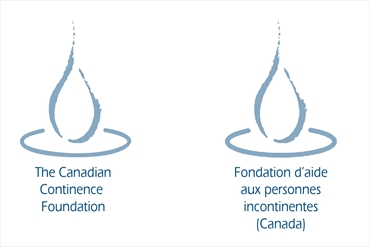The Canadian Continence Foundation (TCCF) recently unveiled a new report that places a spotlight on urinary incontinence, a condition including Over Active Bladder (OAB) and Urgency Urinary Incontinence (UUI) that impacts more than 3.5 million Canadians. The report entitled Equity in access to pharmaceutical treatments for overactive bladder and urgency urinary incontinence in Canada looks at regional disparities in access to treatment, the economic and productivity impact of the condition, and the significant stigma still plaguing many patients.
According to TCCF, patients with incontinence who require medication are restricted to using first-line therapy, despite side effects and tolerability issues. The adherence rates for the current first-line treatments are low and often impact a patient’s future decision to not try another medication because of their negative experience. Newer therapies have demonstrated a more positive side-effect profile with patients reporting improvements in symptom management.
The report goes on to suggest that equal, unlimited access to therapies across the country is a first step to improving quality of life for patients.
Wagg adds, “Once drug therapy is introduced, it makes no sense – physically or economically – to limit physicians treatment choices. Our report pinpoints the changes that we believe will benefit the patient community as well as the Canadian economy.”
Specifically, TCCF urges decision makers to consider immediate actions that will begin to address these incontinence-related issues. These include the following:
- Equitable access in all provinces to all OAB drugs, especially those with a positive CDR recommendation.
- No restrictions on the use of newer pharmacological agents with a proven benefit in an older population, compared to the current standard.
- Physician-choice for an individualized approach to treatment.
- A wider perspective on the cost of incontinence to the person, the caregiver and society at large.
The report also flags future concerns including the 9.6 million Canadian ‘baby boomers’ who are being diagnosed with incontinence at a rapid rate, placing significant pressure on health resources. Estimates suggest that 30 – 40 per cent of those aged 75 years and older will suffer from UUI. A Ministry of Health and Long-term care report indicates that urinary incontinence was identified as one of the key predicators in a senior’s transition from independent community living to admission to a long-term care (LTC) home, representing a significant cost to the health care system. TCCF suggests that a coherent strategy ensuring access to various treatment options will help reduce the overall cost and individual impact of the condition.
“The time to address these issues is now,” says Jacqueline Cahill, Executive Director of the Canadian Continence Foundation. “Our hope is that patients and physicians will not only be able to have more open, productive conversations, but will also have the choices they need to offer individualized care and improved patient outcomes now and in the future.”
Additional Information

[Canadian Continence Foundation](http://www.canadiancontinence.ca/EN/index.php)
Read the press release
Read the white paper